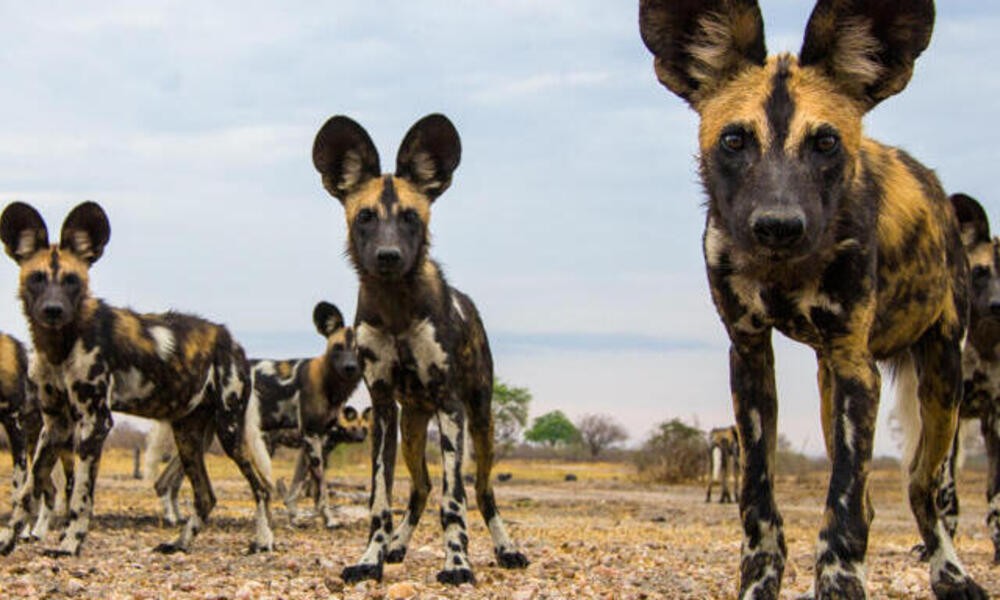African wild dog, fill a similar niche in Africa that the wolf does in much of the northern hemisphere. Hunting as a pack, and running greater prey down until exhaustion means either collapse or a greatly weakened animal allowing the kill to take place. Because they live at low densities, it is only the largest national parks and other areas where they can survive long-term. It is currently thought that just 6600 of these majestic animals survive – though other estimates put the number between 3000-5000

The Selous in Tanzania, is thought to be the only place where about 1300 live in one population. Ruaha National park is nearby, and is thought to host another 100 (it is far smaller). Northern Botswana is another stronghold, supporting up to another 700. The KAZA transfrontier is thought to contain about 500 wild dog, mostly in the Okovango delta in Botswana Kruger in South Africa, supports about 350 wild dog at the moment. Luangwa Valley national park in Zambia hosts a further 350
I have probably missed some of midsized populations, but these are reasonable estimates for most places that they are found. These add up to 3300, which is why an estimate of 6600 seems so overly high.
While wild dog can live up to 12 years, 5-7 is more normal. As a result, a drop in survival of cubs is rapidly shown in a decreasing population.
So what does this new study say about wild dogs future?
Wild dog are usually born between May and July to reduce exposure to heat, but the birthing period has moved 22 days later (as an average), it means that they encounter the extreme heat at a smaller and less capable age. Because of there relatively short life, an increased infant mortality could have a large impact on the population. Unfortunately, while surprisingly capable of living alongside humans outside parks, a thought that they were vermin, has meant that many populations have driven them out of their country all together.
These animals are hard to see. I have missed them on too many occasions to count (with finding people who have just watched wild dogs disappear).
We are heading to the Kruger this summer, fingers crossed that I can present some pictures and videos of my own later this year – the wild dog population of the Kruger is thought to be about 3 times the size that it was when we were last there.
